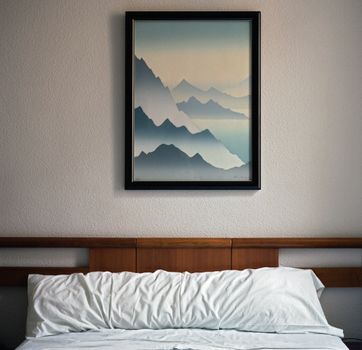Framing
THERE IS AN ART TO FRAMING YOUR PRINT
A guide to framing your prints
Use a quality frame
There are many different frames on the market. Usually you get what you pay for so more expensive frames are more likely to last longer and better protect and enhance your print.
The colour of the frame is important because it helps making the print stand out on the wall (or the opposite if that's what you want). One way to make it stand out could be to get a frame with the wall's complementary colour. Here's an example of a guide for complementary colours.
Preventing the image from touching the glass, either by the use of a passe-partout or a deeper frame, will also help prolong the life of it.
Another great tip is to buy a frame larger than your print and then use a passe-partout that has a slightly smaller cut than your print. These also come in many different colours to help with the look of the print on the wall.
If in doubt, get a black frame and a white passe-partout - this is timeless and elegant. Size-wise, I would go for a 40x60 cm frame / 31.9x47.3 cm passe-partout for A3+ and a 30x40 frame / 20x28.7 cm passe-partout for A4.
Acid
To slow or possibly halting the process of yellowing the print you should avoid all sorts of acidic products when framing. Some frames have slightly acidic cardboard or backing. Getting an acid-free cardboard to avoid contact with the frame backing is one way to go. Many custom and more expensive frames are not acidic in any way so have a look around.
Hang in a protected place
Avoid direct sunlight on the image. Too much UV light will harm your image over time; UV blocking frame glass exists.
High humidity will also harm your image.
You should of course be able to see your image but having a sharp, powerful light directly on it will also harm it The preferred way is a soft, diffused light around and close to it.


